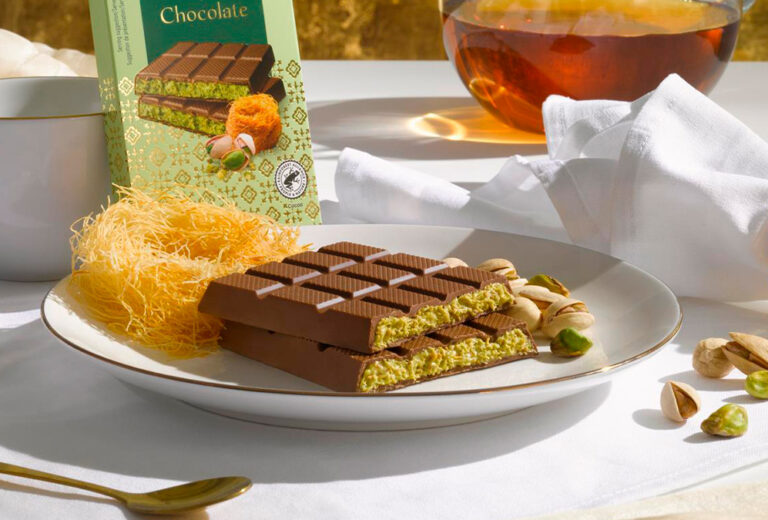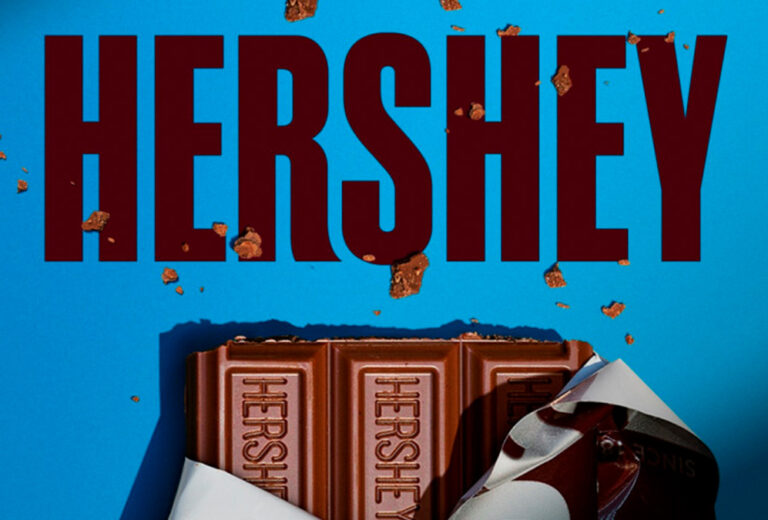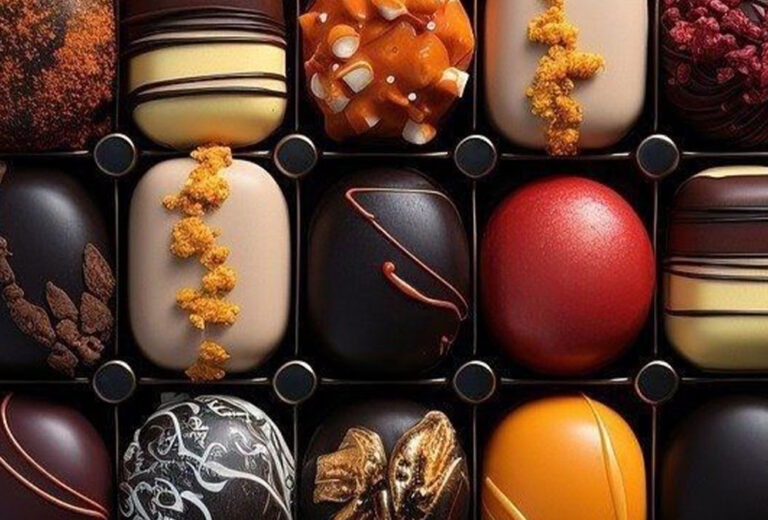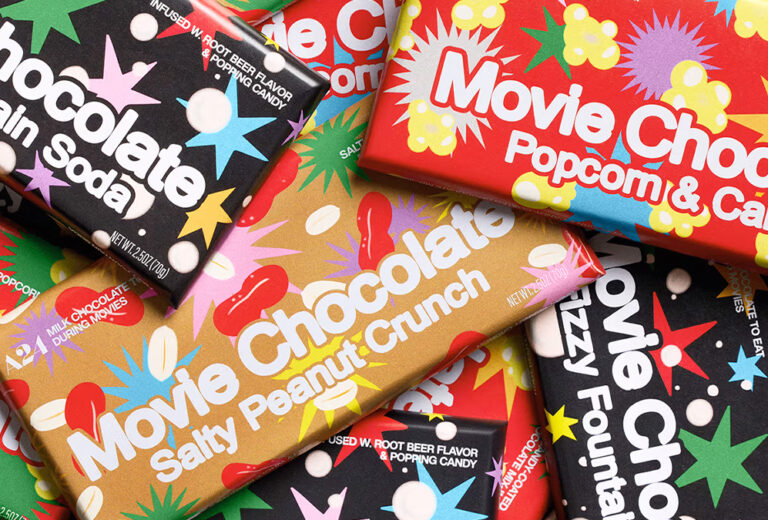Click here to read the Spanish version.
Oh, chocolate. We bet that there are few who do not sigh unwillingly at the thought of this product with which we salivate (almost) all. In addition to making us fall in love, it is known to be beneficial both for our emotional state (yes, we are not saying it, it is supported by hundreds of studies: it improves our mood, our creativity and even has aphrodisiac properties…) and for our health (it turns out that it helps control cholesterol and also regenerates our memory).
Well, now we also know (and for sure, never better said…) why it is so irresistible: scientists at the University of Leeds, in the UK, have found out that it is not only due to its taste, but that the pleasure produced by its touch and texture has to do with the physical process in which it changes in our mouths from a solid to a smooth emulsion, due to its own ingredients and the combination with saliva.
It seems that fat plays a key role at the moment when a piece of chocolate comes into contact with the tongue. After that instant, the solid cocoa particles are released and become important in terms of tactile sensation, so the fat deeper inside the chocolate plays a rather limited role and could be reduced without having an impact on the chocolate’s sensation. “It is the location of the fat in the chocolate composition that matters at each stage of lubrication“, the study notes.
“We are showing that the fat layer should be on the outer layer of the chocolate, this is the most important thing, followed by effective coating of the cocoa particles with fat, which help make the chocolate feel so good”, says Anwesha Sarkar, professor of colloids and surfaces in the Leeds School of Food and Nutritional Sciences, whose aim is to create a new generation of luxury chocolates that will have the same feel and texture, but will be healthier.
With an artificial tongue: here’s how the research was conducted
The tests in the research, published in the journal ACS Applied Materials and Interface, were conducted using a luxury brand of dark chocolate on a surface similar to an artificial 3D tongue. The experts used analytical techniques from a field of engineering called “tribology”, which examines the friction, wear and lubrication that take place during contact between moving solid surfaces.
In this case, the researchers tested that interaction between the ingredients in the chocolate itself and saliva. In the taste buds, “the determining mechanisms were the formation of cocoa butter bridges between the cocoa butter particles and the fatty material of the emulsion drops”, they note. In addition, the technicians also confirmed that when chocolate comes into contact with the tongue, it releases a fatty film that coats this organ and other surfaces of the mouth. It is this film that makes the product feel soft throughout the time it is in the mouth.
“Our research opens up the possibility that manufacturers can intelligently design dark chocolate to reduce the total fat content. We believe it can be produced in an architecture of degraded layers with fat coating the surface of the chocolates and particles to deliver the sought-after experience of self-indulgence without adding too much fat”, says Dr. Siavash Soltanahmadi, of the Leeds School of Food Science Nutrition and principal investigator of the study.





